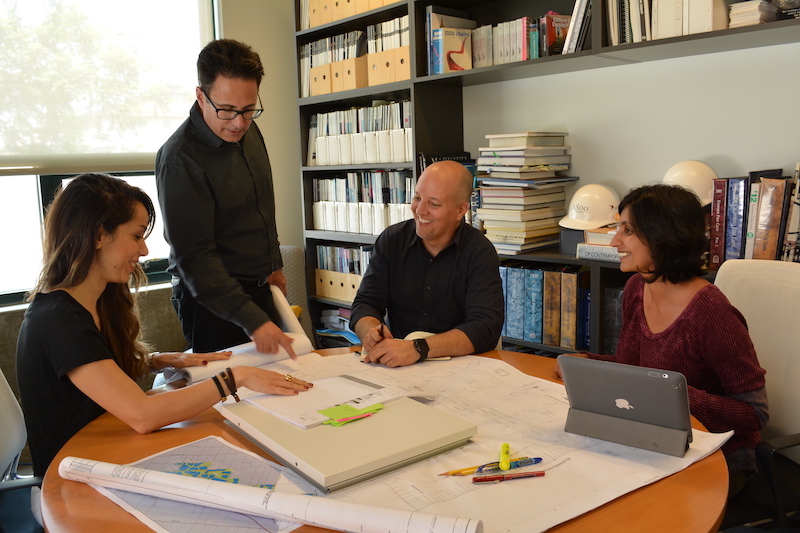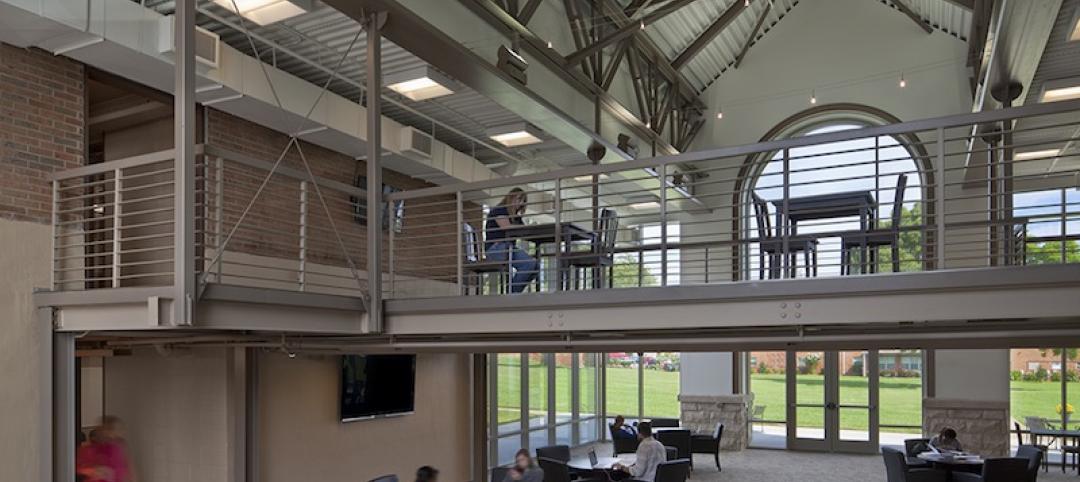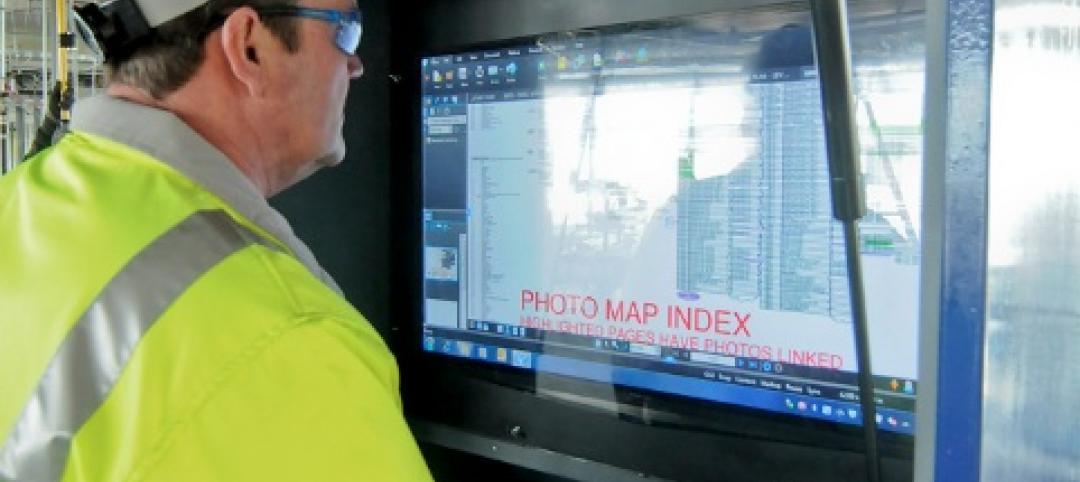Throughout my early life, my father would get up at 4:30 in the morning, six days a week, for his job as a contractor. I knew his work was taxing from seeing his coarse hands and tired eyes after he got home each day, yet he always had the energy to spend time with me. He was my closest friend and confidant, as well as my most influential role model.
In later years, as I began to pursue architecture professionally, he made sure to instill in me a sense of respect toward all workers involved in the building process, from architects and engineers, to contractors and subcontractors. It was important to him that I saw the importance of collaboration between teams, and the value of each person’s unique role and perspective. To him, each individual had ideas worthy of consideration and reward.
My experiences as a young man working side-by-side with him on job sites led to a deeper understanding of the difficulty that comes with working in the trades, and how the best at their craft worked hard to earn their sense of pride.
Using his own drawings, Swartz discusses the importance of construction detailing with his team in the HLW Los Angeles office.
REINSTILLING QUALITY IN CONSTRUCTION DRAWINGS
After 35 years as an architect, one of the things I have come to realize is that we architects need help from the trades in order to improve the quality of construction drawings. The knowledge that contractors and subtrades have is key in creating drawings and details that reflect the best constructed solution. Harnessing a sense of curiosity in the field and asking questions during the building process is one of the best ways to improve one’s understanding of construction, and therefore one’s understanding of architecture.
There have been countless times where I have seen details drawn by architects that ended up being built differently, often in a manner that improved upon the original design while still preserving the original aesthetic goal.
It is also true that contractors need help from architects in order to better understand the goals of a given design. Many times I have witnessed design goals being lost within the process of administration, change orders, RFI’s, and the many operations that go into constructing a building.
We can avoid this predicament if we go into the project supporting our designs with quality construction documents and open communication between teams. If trades workers are going to the job each day knowing their whole team is supporting them, it will inevitably produce the best possible results.
LEARNING FROM OTHER MEMBERS OF THE PROJECT TEAM
The key to all of this is a shared understanding that everyone on the project team can learn from one another. I cannot tell you how many times I have been taught something new by a subcontractor in the field because I was willing to ask questions, and people were usually more than happy to explain what they were doing and why.
Through the consolidation of field knowledge, I have continued to learn long after my days in school. I have likewise made an effort to explain the decision making behind our projects so that the whole project team can both understand our reasoning and gain insight into the design process.
Though no single individual can hold all the knowledge of an entire team, this only proves that it is all the more important for everyone to work together to fill in the gaps. That’s why I always try to be as approachable as possible, so that I can always be exchanging information across teams and across trades.
VALUES THAT ELEVATE THE PROFESSION OF ARCHITECTURE
Every evening when I wrap up my work, I can’t help but wonder if my father would approve of the architect I have become. Although I don’t come home with coarse hands or an exhausted body, I still think he would be proud of my hard-working attitude and my respect for my coworkers. I believe he would acknowledge my attempts to better understand construction and incorporate that into practical solutions for real world designs.
I can only hope he would agree with my practice of prioritizing the quality of construction drawings, along with my belief that imparting those values to my team is the best way to elevate the profession. Undoubtedly, he would have challenged every detail I drew and pushed me even harder to find the best conceivable solutions to any problem.
But I believe that, as a contractor himself, he would have respected my process as a designer, and would have been pleased with the way I collaborate with my team. Occasionally, he might have even thought that I had found a better solution than his.
ABOUT THE AUTHOR
David Swartz, FAIA, IIDA, is a Senior Partner in the Los Angeles office of architecture firm HLW. He would like to thank Kylie McManus for help in editing this essay.
Related Stories
| Dec 10, 2013
16 great solutions for architects, engineers, and contractors
From a crowd-funded smart shovel to a why-didn’t-someone-do-this-sooner scheme for managing traffic in public restrooms, these ideas are noteworthy for creative problem-solving. Here are some of the most intriguing innovations the BD+C community has brought to our attention this year.
| Dec 9, 2013
Tips for designing higher education's newest building type: the learning commons
In this era of scaled-down budgets, maximized efficiencies, new learning methods and social media’s domination of face time, college and university campuses are gravitating toward a new space type: the learning commons.
| Dec 9, 2013
Does technology help or hinder innovation?
Whether digital technology will help or hinder workplace insights remains a topic of ongoing debate. FastCo.Design features insights from business scholars on both sides of the issue.
| Dec 6, 2013
French concert hall includes integrated musical elements [VIDEO]
La Métaphone, a concert hall in Ognies, France, is a 1,980-sm facility with the unique characteristic of being a structural musical instrument. The solar-powered building incorporates musical elements in its walls, which can be played by musicians inside or outside the facility.
| Dec 6, 2013
Goettsch Partners selected 2013 AIA Chicago Firm of the Year
Architecture firm Goettsch Partners (GP) has been named the 2013 Firm of the Year, as conferred by the Chicago chapter of the American Institute of Architects (AIA Chicago). The award is the highest honor a firm can receive from the chapter.
| Dec 5, 2013
Maximizing the impact of online marketing
Because most professional services firms exist to help their clients reduce risk and navigate an uncertain future, they tend to approach the world of online or digital marketing with some caution. Here are four tips for maximizing the impact of online marketing.
| Dec 5, 2013
Translating design intent from across the globe
I recently attended the Bentley User Conference in Vejle, Denmark. I attended the event primarily to get a sense for the challenges our Danish counterparts are experiencing in project delivery and digital communication. One story I heard was from a BIM manager with Henning Larsen Architects in Denmark, who told me about a project she’d recently completed overseas in the Middle East. She outlined two distinct challenges and offered some interesting solutions to those challenges.
| Dec 3, 2013
‘BIM for all’ platform pays off for contractor
Construction giant JE Dunn is saving millions in cost avoidances by implementing a custom, cloud-based BIM/VDC collaboration platform.
| Dec 3, 2013
Historic Daytona International Speedway undergoing $400 million facelift
The Daytona International Speedway is zooming ahead on the largest renovation in the Florida venue’s 54-year history. Improvements include five redesigned guest entrances, an extended grandstand with 101,000 new seats, and more than 60 new trackside suites for corporate entertaining.
| Dec 3, 2013
Creating a healthcare capital project plan: The truth behind the numbers
When setting up a capital project plan, it's one thing to have the data, but quite another to have the knowledge of the process.

















